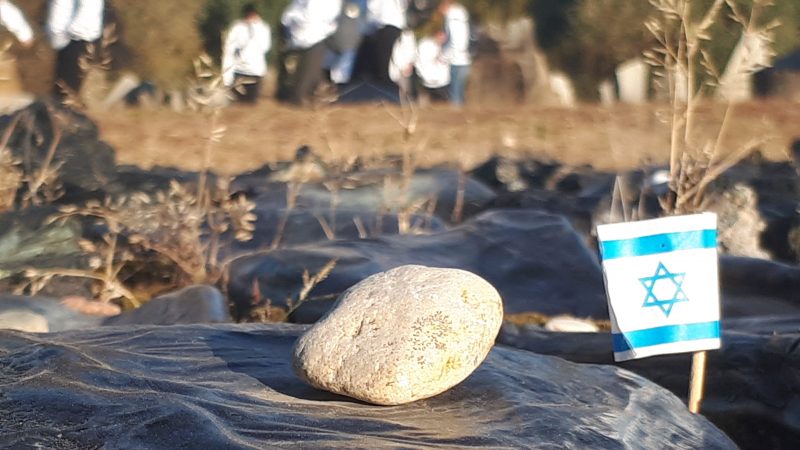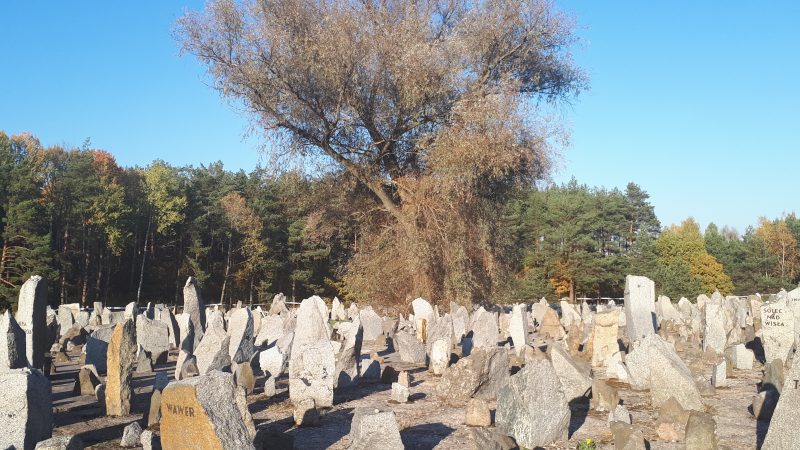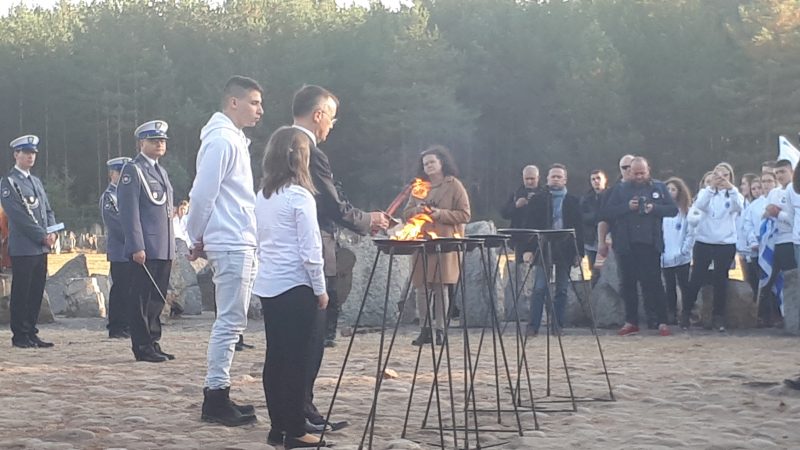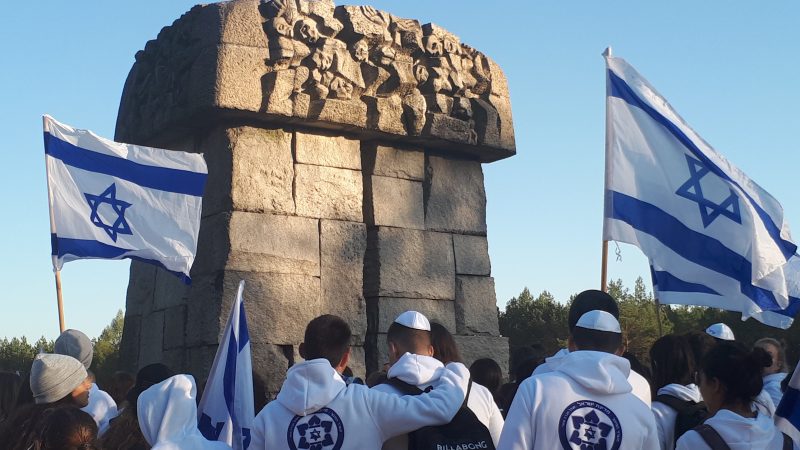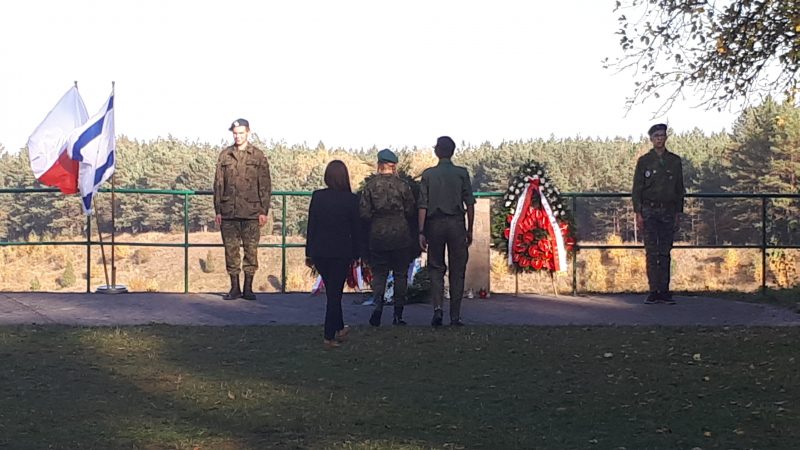“We Are Together” – the ninth meeting of young people from Poland and Israel.
500 young people from Israel and Poland came to Kosów Lacki and Treblinka for an integration meeting. The project of the Mazovian Governor and two museums: Polin and the Treblinka Museum brings two nations closer by experiencing history.
– Independence is a fundamental issue for every nation in the world. – said Minister Jarosław Selin. Undersecretary of State in the Ministry of Culture and National Heritage emphasized that the year of 2018 is particularly close to the hearts of the Polish nation celebrating the regaining of independence but also to the Israeli people who celebrate the 70th anniversary of the creation of their own state. The minister reminded that Poland was one of the first countries to recognize the Israeli state and establish diplomatic relations with it.
The anniversaries which this year both nations celebrate were the topic of the discussion panel in Kosów Lacki. Discussions focused on the history of Polish-Israeli relations, the history of Holocaust research, ways of commemorating the common history of Poles and Jews of Polish origin and further actions aimed at maintaining good Polish-Israeli relations and strengthening cooperation between countries.
The wreaths were laid on the site of the former gravel pit where the labor camp was.
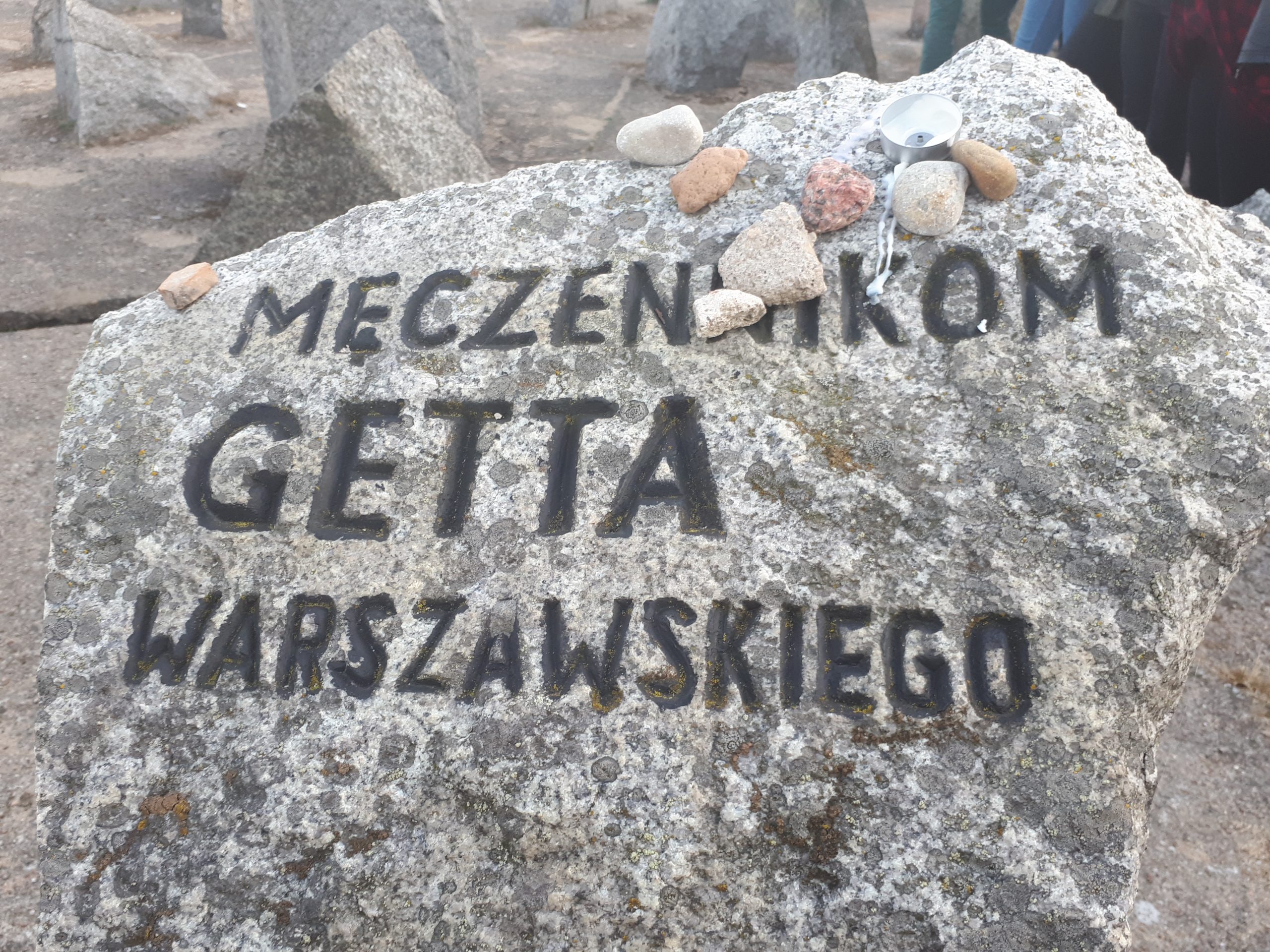
At the Memorial Site the participants celebrated the victims with a minute of silence. State anthems of Israel and Poland were played. At the Monument of the Victims of the Extermination Camp in Treblinka six symbolic candles were lit.
The first transport of the deported to the Nazi German extermination camp in Treblinka arrived on 23rd July 1942 and brought Jews from the Warsaw ghetto. From that day on the transports of people from all over Poland as well as from Czechoslovakia, France, Greece, Yugoslavia, the USSR, Germany and Austria, arrived there. There were also Roma and Sinti people from Poland and Germany there. On 2nd August 1943, an armed uprising organized by prisoners broke out in the camp. Out of 840 people only about 200 managed to get out of the camp. Half of them survived till the end of the war. After the uprising the camp was liquidated. In November 1943 the camp buildings and installations were demolished. In their place a forest was planted.
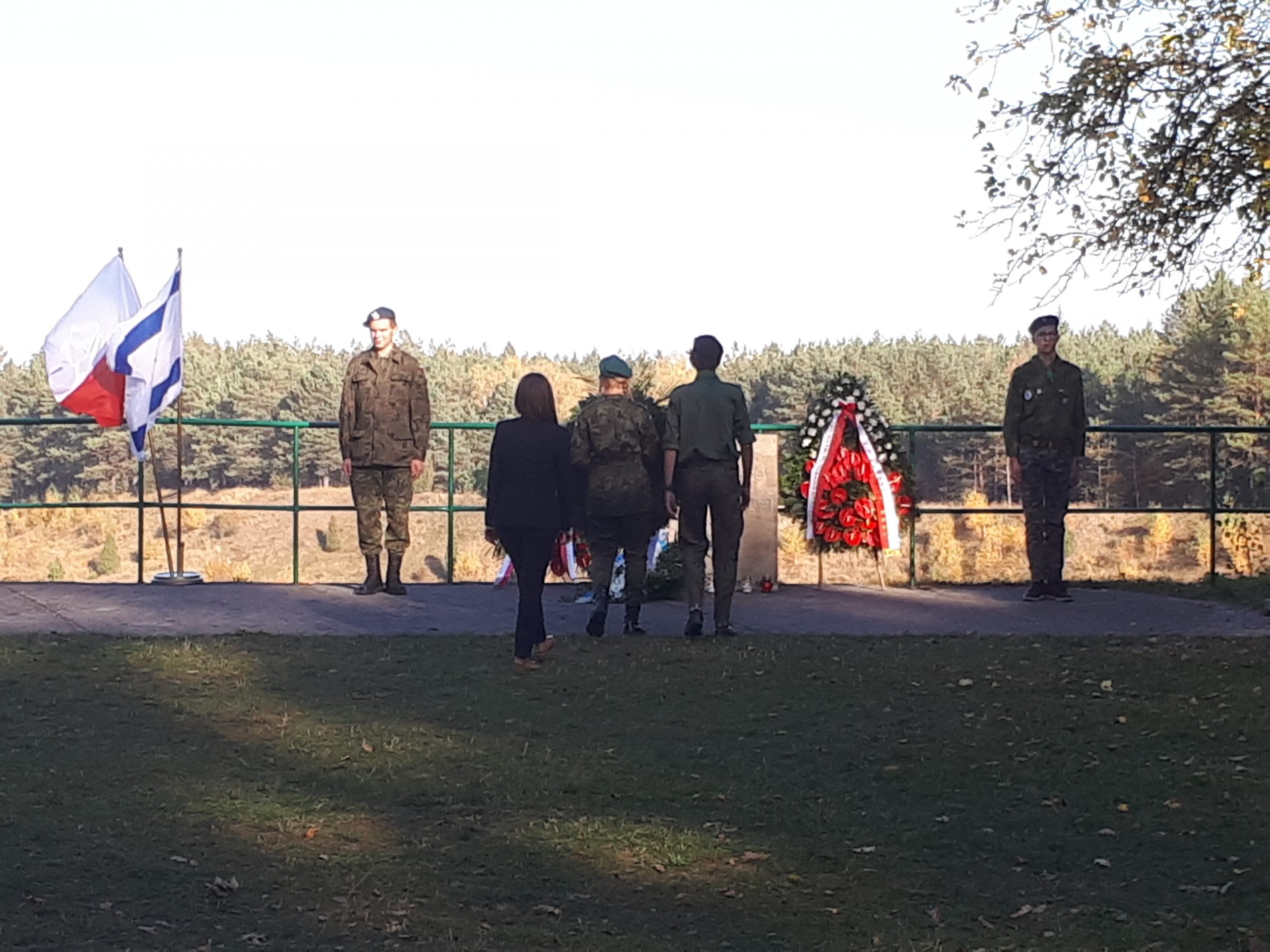
– Within just over a year 900,000 people were murdered there. This number goes beyond imagination, it is almost impossible to believe that innocent children and women, old men and young men were murdered every day in this quiet place. That is why I suggest to speak not about numbers but about people – Tal-Ben Air Yaalon said. The deputy ambassador of Israel in Poland reminded the story of a 6-year-old Ida and her 24-year-old sister Tamara of the Willenberg family from Częstochowa who were murdered in Treblinka. Their brother Samuel learned about the fate of the sisters when, as a prisoner, he came across in the clothes of the murdered, Ida’s coat sewn for her with love by their mother. Samuel was a participant in the Uprising in Treblinka. He managed to escape. He lived then for many years in Israel. He was an artist who devoted himself to commemorating the Shoah victims. – We have a double duty not only to remember but also to draw conclusions and act so that this monstrosity would never happen again – said the vice ambassador of Israel.
Voivode of Mazovia recalled Henryk Goldszmit – Janusz Korczak and children who he took care of in the orphanage in the Warsaw ghetto, who died in the gas chamber in Treblinka.
– The Germans wanted to prove that a man can be destroyed, deprived of his dignity and killed with impunity. And yet, even in this terrifying place, they did not succeed. After all, the rebellion of prisoners took place in Treblinka. They fought alone, just like in the Warsaw Ghetto and their fight saved human dignity – said Zdzisław Sipiera.


